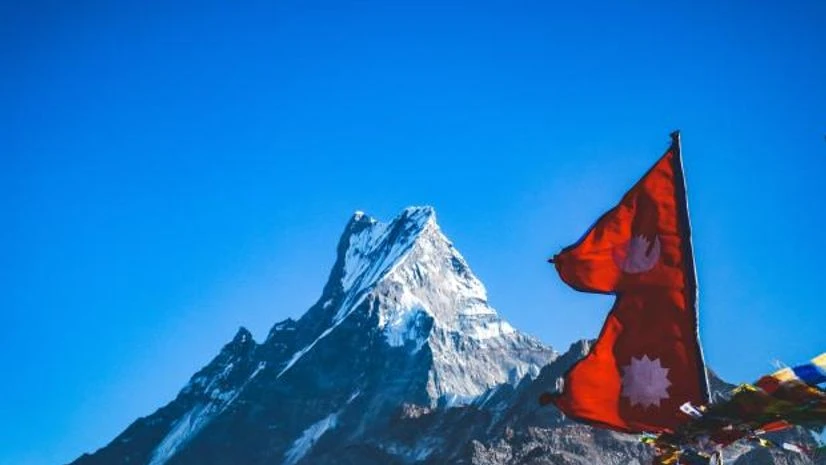Nepal, a landlocked Himalayan nation nestled between India and China, is a land of diverse landscapes and equally diverse cultures. From the towering peaks of the Himalayas to the fertile plains of the Terai, Nepal's geographical diversity is matched only by its cultural richness. In this blog, we embark on a journey to unravel the tapestry of Nepali culture, delving into its traditions, festivals, and heritage.
The Multifaceted Nepali Culture
Nepal is a melting pot of cultures, languages, and traditions, with over 120 different ethnic groups coexisting harmoniously. The two predominant religions, Hinduism and Buddhism, heavily influence Nepali culture, but you'll also find traces of other belief systems like Kiratism and Christianity. This diversity is beautifully reflected in the everyday lives of Nepali people.
Traditional Nepali Attire
One striking aspect of Nepali culture is its traditional attire. The clothing worn by Nepalis varies by region and ethnic group. The Dhaka topi and daura suruwal are iconic symbols of Nepali attire, typically worn by men, while women often don colorful sarees or gunyo cholo. These traditional garments are not only aesthetically pleasing but also deeply symbolic, carrying stories of their own.
Festivals Galore
Nepal is known for its vibrant and numerous festivals. Dashain, Tihar, Holi, and Buddha Jayanti are some of the most celebrated festivals. Dashain, also known as Vijaya Dashami, is the biggest and longest Hindu festival, where families come together to worship the goddess Durga and receive tika and jamara (sacred offerings) from their elders. Tihar, the festival of lights, is celebrated with the worship of animals like crows, dogs, and cows, along with the grand display of oil lamps.
Culinary Delights
Nepali cuisine is as diverse as its culture. Dal Bhat, a traditional meal of lentil soup and rice, forms the staple diet. The Newars of Kathmandu Valley have a rich culinary tradition, including momo (dumplings), yomari (sweet dumplings), and various types of chutneys. The Terai region offers delectable dishes like sel roti and fish curry, showcasing the culinary diversity within the country.
Art, Music, and Dance
Nepali culture is a treasure trove of art, music, and dance. Thangka painting, intricate wood carvings, and fine metalwork are integral to Nepal's artistic heritage. Traditional music instruments like the madal and sarangi accompany folk dances that vary from one ethnic group to another. The lively and colorful performances are a treat for the senses.
Respecting Nature and Spirituality
Nepal's cultural identity is deeply intertwined with the reverence for nature and spirituality. The mountains, rivers, and forests are considered sacred, and many traditions involve rituals to honor them. Pilgrims from around the world visit Nepal to trek to religious sites like the Annapurna and Everest Base Camps or to seek solace in the tranquility of monasteries.
Conclusion
Nepal's cultural mosaic is a testament to the country's rich history and the resilience of its people. Whether you're exploring the bustling streets of Kathmandu, trekking through the serene Annapurna region, or partaking in local festivities, you'll find that Nepal's culture is a source of endless fascination and inspiration. It's a tapestry woven with threads of tradition, spirituality, diversity, and warmth that welcomes all who venture into this enchanting nation.
)
Comments
Post a Comment